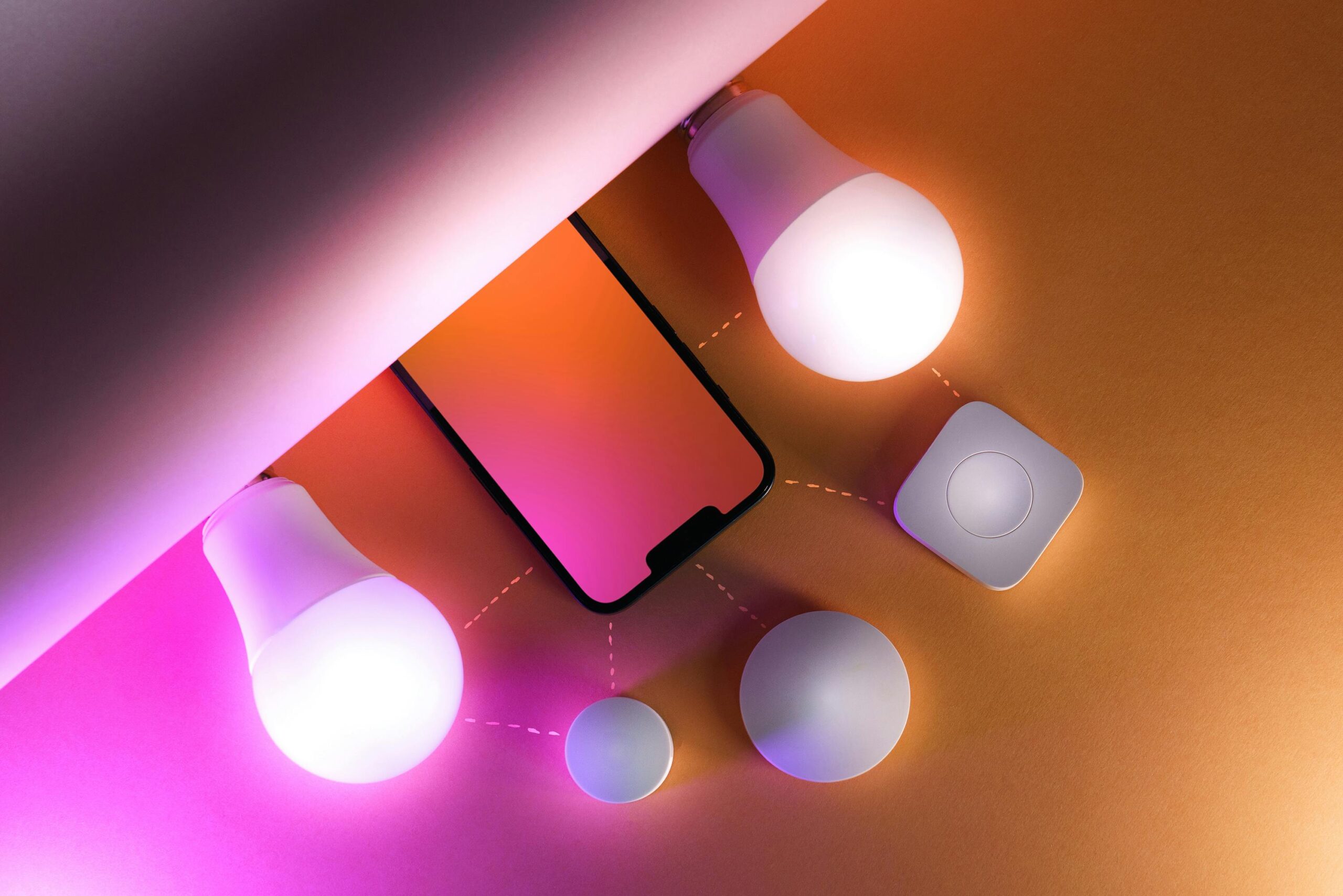Introduction
In the competitive world of Internet of Things, IoT energy efficiency is more than just a buzzword—it’s a necessity. As IoT devices become more integrated into our daily lives, ensuring they operate efficiently can make the difference between a product’s success and failure. This blog explores effective strategies for optimizing energy efficiency throughout the development stack, leveraging the Low Power Mindset to enhance your IoT products from inception to deployment.
Adopting the Low Power Mindset
What is the Low Power Mindset?
The Low Power Mindset involves designing and developing IoT devices with a focus on minimizing energy consumption at every stage. This approach emphasizes the importance of energy-efficient design principles and practices that reduce power usage while maintaining device performance.
Benefits of Embracing This Approach
By adopting the Low Power Mindset, you can extend the battery life of your devices, lower operational costs, and contribute to environmental sustainability. This mindset not only enhances the efficiency of your products but also aligns with modern ecological standards and consumer expectations.
Strategies for Optimizing iot Energy efficiency Across the Development Stack
1. Efficient Hardware Selection
Choosing the right hardware is crucial for iot energy efficiency. Opt for components that are designed to consume less power. Look for low-power sensors, processors, and energy-efficient power sources that meet your device’s needs without unnecessary power drain.
2. Software Optimization
Optimizing software to reduce energy consumption involves several practices:
- Algorithm Efficiency: Develop algorithms that minimize processing power and reduce the frequency of power-intensive operations.
- Power Management Features: Utilize software features such as sleep modes and dynamic voltage scaling to conserve energy when the device is idle.
3. Dynamic Power Management
Implement dynamic power management techniques to adjust energy usage based on real-time requirements. This involves:
- Adaptive Power Scaling: Modifying power consumption according to device activity levels.
- Efficient Resource Utilization: Ensuring that resources are used efficiently to prevent wastage.
Implementing Energy-Saving Techniques
1. Design for Efficiency
Start with a design that prioritizes energy efficiency. Select components and design algorithms that minimize power consumption from the beginning. This proactive approach helps in creating devices that are inherently more energy-efficient.
2. Monitor and Adjust
Regularly monitor the energy consumption of your devices and make adjustments as needed. Use energy analytics tools to track performance and identify areas where power usage can be reduced.
3. Update and Innovate
Keep your devices up-to-date with the latest software improvements and energy-saving technologies. Regular updates can help address inefficiencies and incorporate new advancements in energy management.
Conclusion
Energy optimization is essential for developing successful and sustainable IoT products. By incorporating the Low Power Mindset and implementing proven strategies for hardware and software efficiency, you can enhance device performance, extend battery life, and reduce operational costs. Embracing these practices not only benefits your products but also contributes to a greener, more sustainable future.
FAQ
